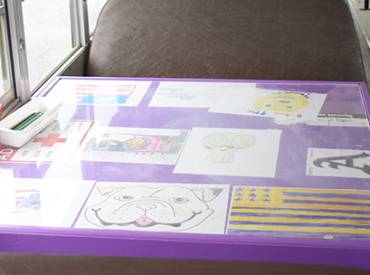
By National Recreation and Park Association | Posted on January 4, 2019
So often, children lack a safe way to physically get to a summer recreation site, where they can eat healthy meals, participate in physical activity, and engage in social and emotional connections with their peers.
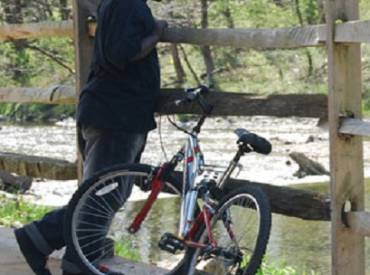
Posted on October 9, 2017
Using CDC’s park access measures, Five Rivers MetroParks of Dayton, Ohio evaluated access to its Five Rivers MetroParks for residents within a half mile radius of the parks. This method included looking at proximity to parks, walking access to parks, and park connectivity.
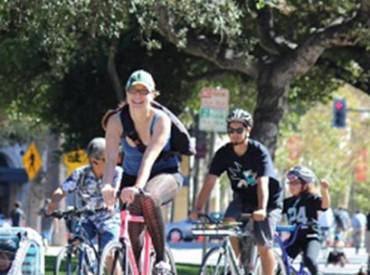
By Kari Davisson | Posted on January 6, 2016
Viva CalleSJ is an innovative and free program that temporarily closes miles of San José streets to bring communities together to walk, bike, skate, play, and explore the city like never before. The inaugural event was held on October 15, 2015, in Downtown and Eastbound San José.
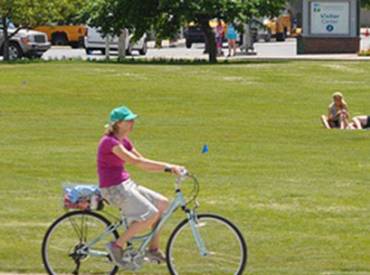
By National Physical Activity Society | Posted on November 23, 2015
Stories from Small Towns is a project of the National Physical Activity Society. The objective of the project is to demonstrate that structural changes to make walking easier can be carried out in America’s thousands of small towns and not just its big cities. The project focuses on advice from towns that have made some changes, with the aim of inspiring town leaders across the country to see such infrastructure as possible and worthy. The following are stories from small towns that have focused on parks as a key to walkability.
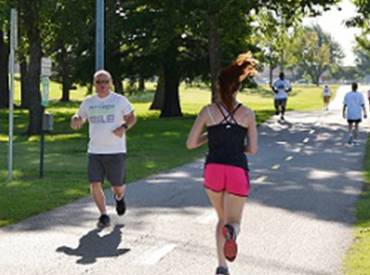
By Jennifer McClintock | Posted on July 17, 2015
In 2006, a national magazine declared Oklahoma City one of the fattest cities in the United States. That spurred Mayor Mick Cornett into action, first by losing 38 pounds on a diet based on sensible eating and exercise, then by launching a campaign to help his city lose one million pounds. “There’s no other way to put it, we were overweight,” Cornett said. “I knew if I wanted to encourage change in our citizens, I had to first change myself,” Cornett said. The campaign ignited local leadership to reshape how the city needed to change in terms of walkability and citizen fitness.

By National Recreation and Park Association | Posted on December 8, 2013
On the hills and riverbanks near Murfreesboro, Tennessee, New Year’s Day, 1863, dawned to the sounds of gunfire. In the Battle of Stones River, Union forces repulsed two Confederate attacks near Murfreesboro—in the clash that produced the highest percentage of casualties on both sides of any of the major battles of the Civil War.
